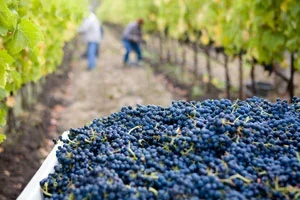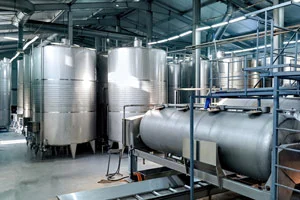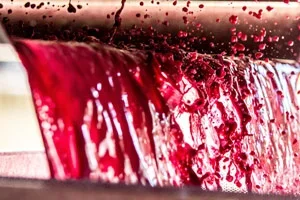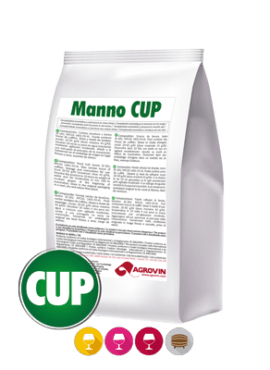- Processes
- Products
- Technology
Technology
Discover our Own Innovation Systems and High Technical Value. We are the present and future of innovation in winery equipment.
-
-
-
Polysaccharides and mannoproteins
Polysaccharides and mannoproteins are very positive for wine quality and it is possible to increase their content indirectly, by using mannoprotein-producing yeast strains or applying glucanase enzymes, or directly, by applying organic preparations rich in these compounds.
Style of wine
Objective
Applied to
Ecological
Vegano
-
Polysaccharides and mannoproteins
SUPERBOUQUET EVOLUTION
Antioxidant effect for the protection of aromas and delay of evolution in wines
Read more -
Polysaccharides and mannoproteins
SUPERBOUQUET MN
Increases the content of polysaccharides and mannoproteins. Accelerated autolysis.
Read more -
Polysaccharides and mannoproteins
MANNO AROME
Aromatic complexity and structure in red wines
Read more
More info about Polysaccharides and mannoproteins
The increased content of polysaccharides and mannoproteins improves the organoleptic perception of the wine, favoring the sensations of body and volume in the mouth. They interact with phenolic compounds in red wines, thus reducing astringency and bitterness of tannins. They also stabilize the aromatic fraction and delay its perception, prolonging the aftertaste. In addition, polysaccharides and mannoproteins contribute to tartaric stability, by blocking crystallization reactions, and to protein and coloring matter stability by interaction with proteins and tannins, respectively.
They can be used:
In alcoholic fermentation, to improve the structure and stability of aromas and coloring matter, from the transformation of must into wine; MannoAROME and MannoCrom are recommended for red vinification and MannoBlanc for white vinification.
In finished wine, when aged on exogenous lees: SuperBouquet and SuperBouquet MN contribute to the sensory characteristics of the wine by polishing aggressive tannins and increasing the sensations of body and mouthfeel, and MannoCUP is recommended for the elimination of undesirable sulfur compounds without devaluing the aromatic heritage of the wine.
Before bottling: MannoPLUS, pure soluble mannoprotein, is added to the finished wine before the final filtration.














